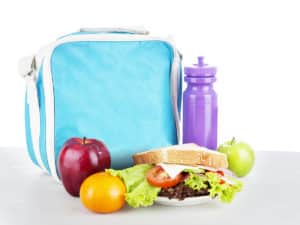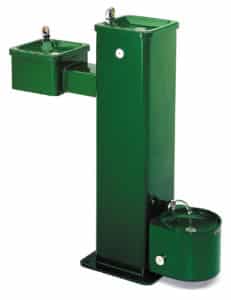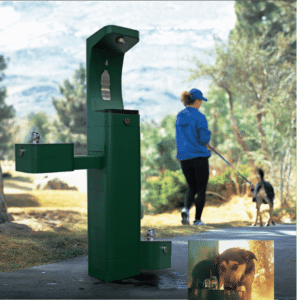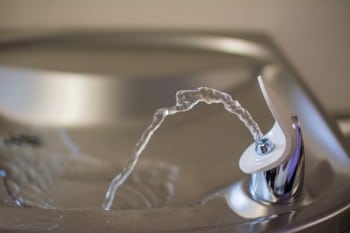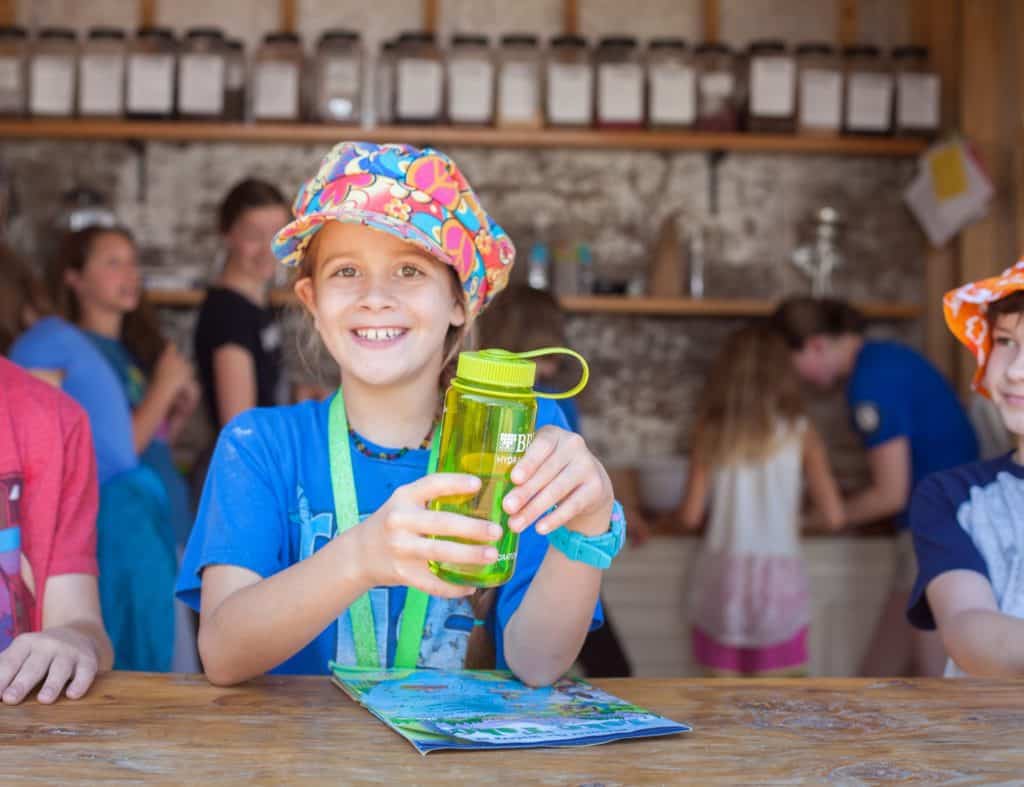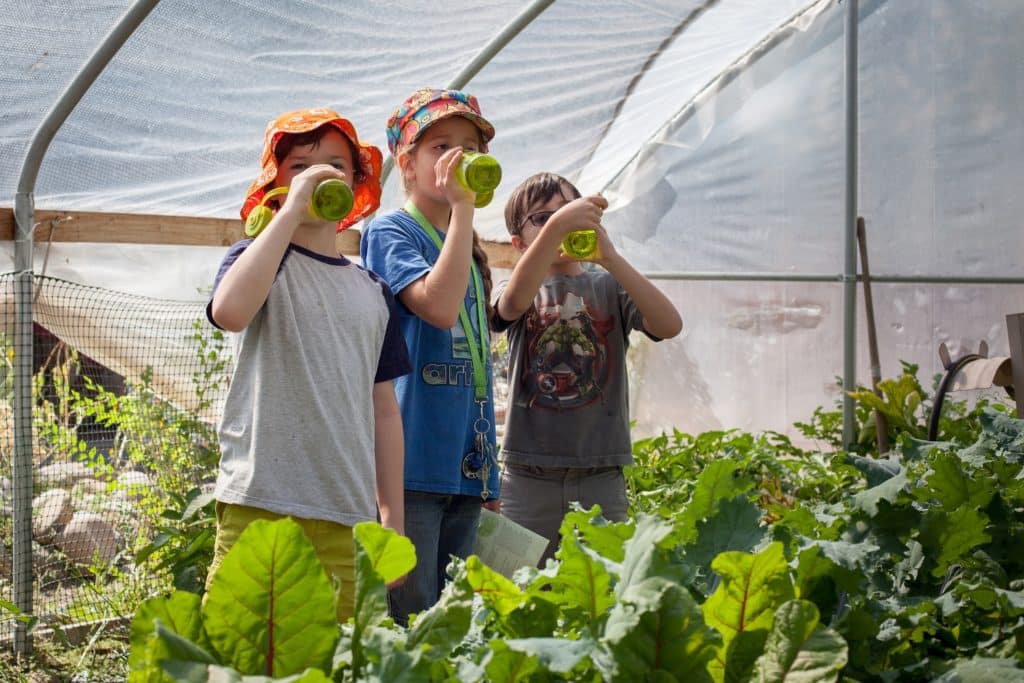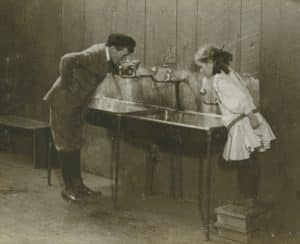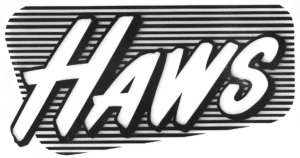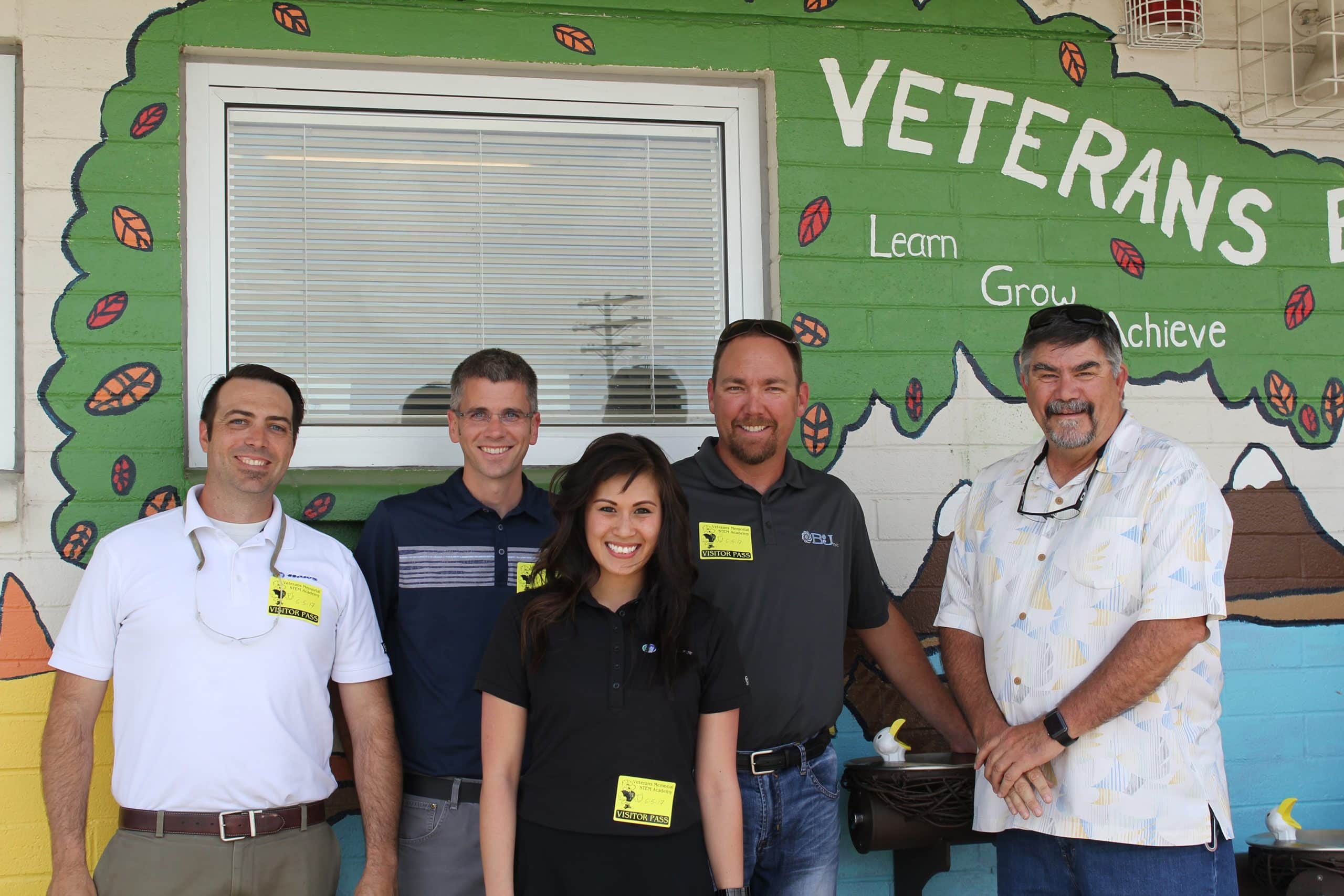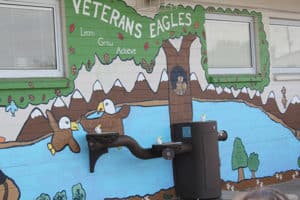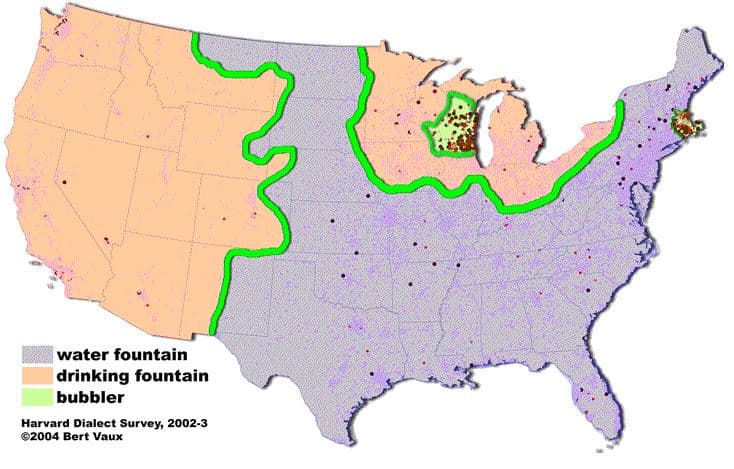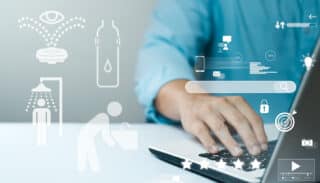 Whether you’re hosting family or hitting the road over the Thanksgiving holiday, it is important to keep hydration in mind. Follow these simple tips to ensure you are getting enough water throughout your celebrations.
Whether you’re hosting family or hitting the road over the Thanksgiving holiday, it is important to keep hydration in mind. Follow these simple tips to ensure you are getting enough water throughout your celebrations.
 To add a little holiday cheer to your menu this year, follow this recipe for homemade apple cider from one of our favorite food bloggers, Ali – Gimme Some Oven.
To add a little holiday cheer to your menu this year, follow this recipe for homemade apple cider from one of our favorite food bloggers, Ali – Gimme Some Oven.
Contributed by Lynne Pierce, Sr. Graphic Designer
Help your kids make healthy choices at school
It’s back to school for most students which means that summer is heading to a close. And while most of the U.S. has experienced extreme heat this year, it’s not only hot temperatures we must worry about with our children’s health and hydration.
Back to school means parents aren’t around throughout the day to monitor their children’s food and beverage consumption. According to a poll done by Nestle Waters, while 88% of children choose water when prompted by parents, 49% of kids have access to sweet drinks at school.
With access to bottle fillers, students can refill their reusable water bottles multiple times throughout the day and forego trips to vending machines for sugary drinks. With the Hydration By Haws® fundraising program, you can work with your school to create a healthy environment for students and the planet.
For more information on our fundraising program, visit https://www.hawsco.com/hydration/bottle-filler-fundraising-program/
or contact Joanne Benz at [email protected] to get your program kicked off.
Our Most Loyal Friends Need to Hydrate, Too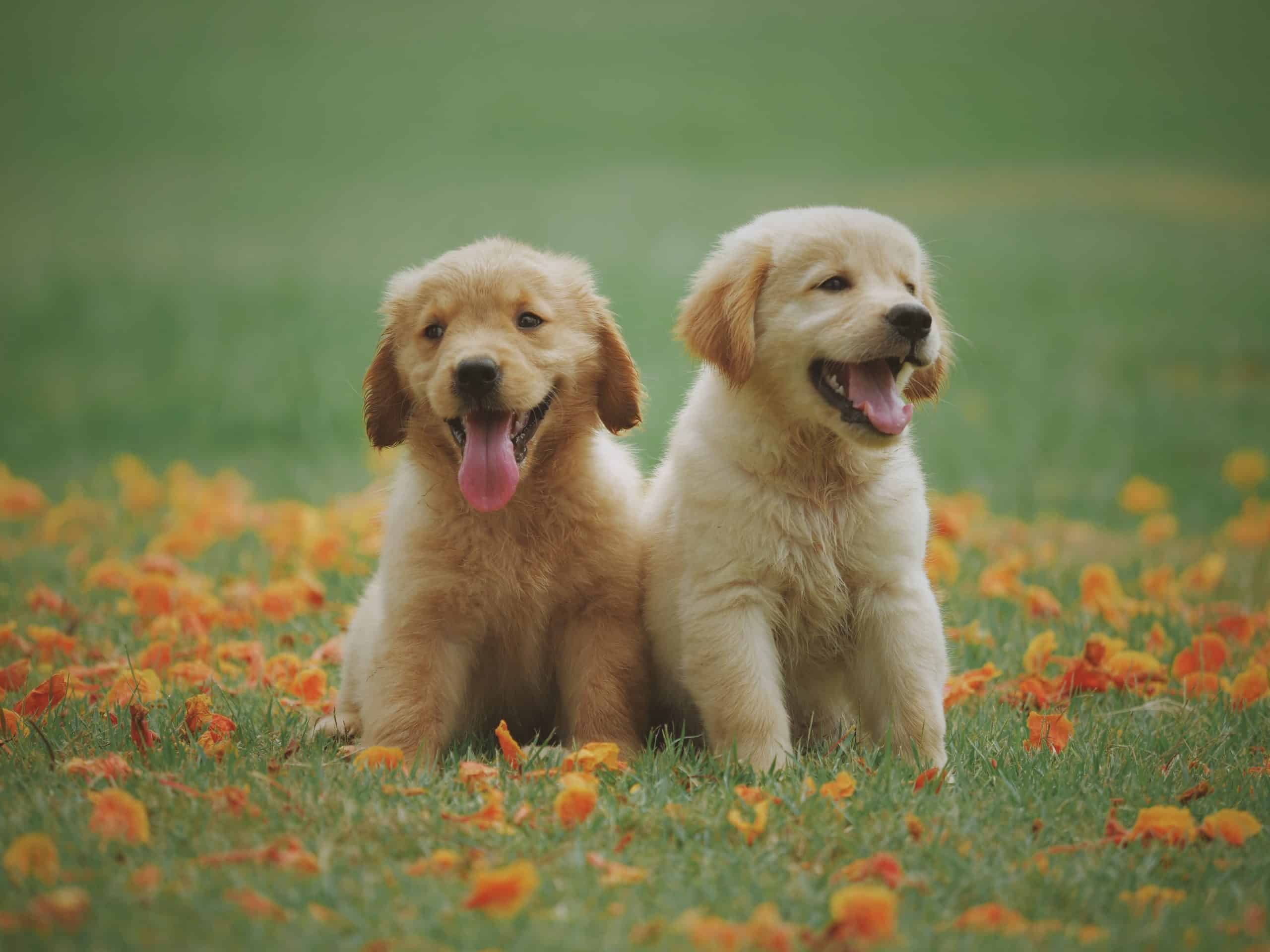
According to the American Kennel Club (AKC), adult dogs need about one ounce of water per pound of body weight per day. But growing puppies, despite their small size, drink proportionately more than their adult counterparts. And, on especially hot days our furry friends may need even more water. Help them stay hydrated this summer with solutions from Haws®. Visit https://www.hawsco.com for a variety of dog-friendly fountain options.
Post submitted by Joanne Benz, Market Researcher
Make Proper Hydration a Priority This 4th of JulyWith the 4th of July holiday quickly approaching, there are many questions we ask ourselves in preparation. Do we have enough briquettes/fuel for the BBQ? What food will we be cooking? Who else is bringing food? The drinks? If traveling, what needs to be packed, and is the gas tank full? In all our preparations, do we take proper hydration into consideration?
Whether we’re watching the fireworks at the beach, the park, or in our backyard, having plenty of fresh water available – for the whole family – is essential to having a safe and healthy holiday.
An average of six to eight glasses of water each day is important to stay hydrated, and if we’re out in the sun all day – eight to ten eight-ounce glasses is better. There are many water delivery options on the market, from one-time use plastic bottles (let’s protect the environment and avoid those), to reusable bottles, and insulated bottles that keep water cool for hours. Dehydration can happen quickly, especially when outdoors, so it is important to recognize the symptoms. If you start to have muscle cramps or headaches, or become lightheaded, you are probably becoming dehydrated. Be sure to carry water with you, or if at an event, know where it is provided.
And don’t forget that there are many foods that help with hydration; strawberries, cucumbers, celery, tomatoes, pineapple, and watermelon are all great sources of water, so when planning your food items, be sure to add some of these options to your grocery list.
Enjoy the holiday, and be sure to hydrate!
Post submitted by Lynne Pierce, Sr. Graphic Designer
A New Year’s resolution we should all be following
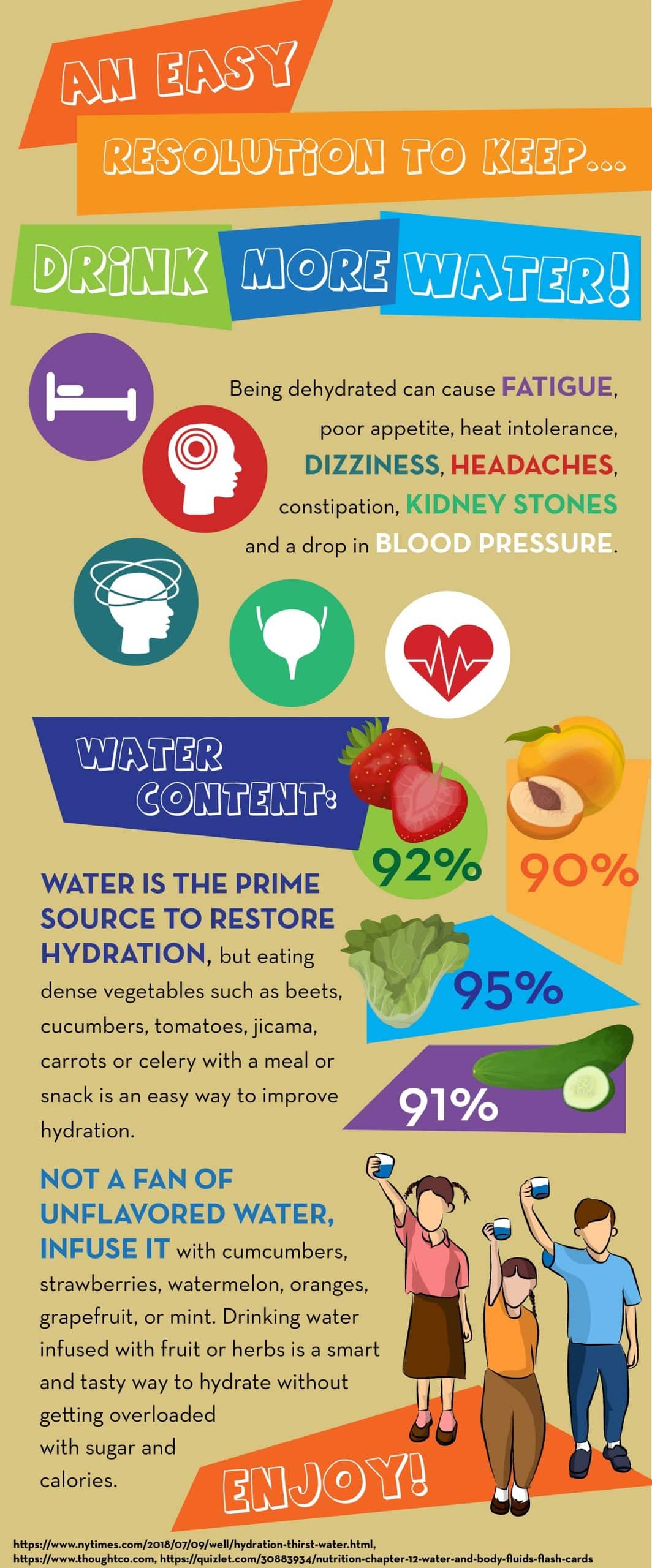 How are you doing with your New Year’s resolutions? Still hitting the gym every day? Getting up without hitting the snooze button? Making your bed before heading out of the house? But what about a simple resolution that is healthy and super easy to implement? Drinking more water everyday should be on top of all our lists as we think about living a healthy lifestyle.
How are you doing with your New Year’s resolutions? Still hitting the gym every day? Getting up without hitting the snooze button? Making your bed before heading out of the house? But what about a simple resolution that is healthy and super easy to implement? Drinking more water everyday should be on top of all our lists as we think about living a healthy lifestyle.
In 2019, let’s all try and increase our water intake.
Infographic created by Lynne Pierce
INFOGRAPHIC: Tips to Stay Hydrated on Halloween How Safe Are Drinking Fountains in NYC?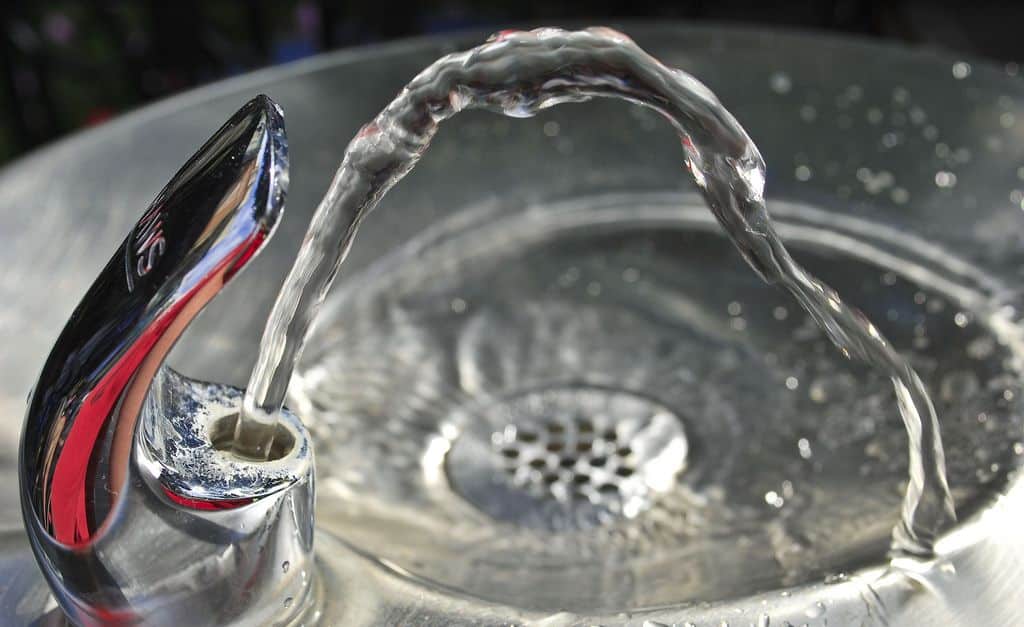 Clean water has been a topic of both national and local concern in recent years. Flint, Mich., famously made headlines in 2014 for its dangerous, lead-tainted water supply — a major threat to children’s brains and nervous systems, as well as adults’ reproductive systems.
Clean water has been a topic of both national and local concern in recent years. Flint, Mich., famously made headlines in 2014 for its dangerous, lead-tainted water supply — a major threat to children’s brains and nervous systems, as well as adults’ reproductive systems.
People disparage drinking fountains all the time, but they provide a needed service for all of us – providing water to stay hydrated. Recently The New York Post tested water fountains in the most frequented parks in NYC, and found that all met or exceeded the state’s guidelines for water quality. New York City has a reputation for having the “highest quality” tap water and this testing only helps to verify that.
Lead in Schools and How to Test
By: Joanne Benz
Lead is a toxic metal, and exposure even in low levels can harm children’s health, possibly damaging the brain and nervous system, according to the Federal Centers for Disease Control and Prevention. While the water flowing into the schools is safe, lead can leach into it from pipes, fixtures or solder in the plumbing. The threshold of how many parts per billion that is acceptable seems to vary state to state. However, 1 part per billion is the threshold recommended by the American Academy of Pediatrics, according to Deirdre Cummings of the Mass PIRG Education Fund. The academy “basically said that there is no safe level,” of lead, Cummings added, but that level is meant to indicate that “anything above 1 part per billion is dangerous and we need to eliminate it.”
BACKGROUND
For centuries, workers used lead for plumbing because the metal was malleable enough to mold into pipes, yet hard enough to resist corroding and leaking over time. Once scientists and environmental experts discovered that lead leached from pipes transporting water, Congress banned the use of lead pipes in a 1986 amendment to the Safe Drinking Water Act.
STATES THAT MADE HEADLINES
Pennsylvania, New York, Maine, Ohio, Michigan, Maryland, New Jersey, Wisconsin, Illiniois, Oregon, Georgia, California, Texas, Washington D.C.
Very few states require schools to check for lead [I could only find seven when I wrote this: California, Illinois, Maryland, Minnesota, New Jersey, New York and Virginia]. And, the federal government doesn’t require it either. Thousands of schools scrambled to test after learning that lead had seeped into the public water supply and created a public health crisis in Flint, Michigan, but lead experts say that the majority of schools across the country still don’t know what’s in their water.
California Assembly Bill 746 published October 2017, effective January 1, 2018, requires community water systems to test lead levels by July 1, 2019 in all drinking water at all California public, K-12 school sites that were constructed before January 2, 2010.
Arizona acted in January 2017, the Arizona Department of Environmental Quality provided schools with free tool kits that include instructions, collection containers and prepaid shipping boxes to mail to local laboratories. “What we wanted to do was help schools and screen their water for them rather than putting the burden on them where they would have to pay for the costs,” ADEQ director Misael Cabrera said. Cabrera said 96 percent of the schools have passed the screening. Arizona doesn’t require schools to replace pipes if they test positive for lead. It doesn’t yet have a program to help schools financially if they do find lead, but a DEQ spokeswoman said the School Facilities Board is working with districts to provide grant funding for schools in need.
How to Test
Here is link to the U.S. Department of Health on how to test the water in drinking fountains. https://www.doh.wa.gov/Portals/1/Documents/Pubs/331-261.pdf
SAFEGUARD YOUR WATER WITH A HAWS FILTER FOR DRINKING FOUNTAINS
Model 6426 is a lead removal 10″ x 2″ (25.4 x 5.1 cm) in-line filter with 1/4″ NPTF inlet and outlet. Reduces lead from incoming water to levels below 15 ppb (@ flow rate = 0.5 gpm (1.3 L); pressure = 60 psi (4.2 bar)) for up to 500 gallons (1893 L). Filters particulate lead to 10 microns and absorbs soluble lead. Does not leach lead once absorbed. Performance demonstrated under NSF Standard 53 and 42 by independent, certified testing laboratory.
Haws manufactures drinking fountains and electric water coolers to be lead-free by all known definitions including NSF/ANSI Standard 61, Section 9, California Proposition 65 and the Federal Safe Drinking Water Act.
Creating Happy, Healthy, and Hydrated Children in Northern NevadaUrban Roots’ Farm Camp programs are outdoor garden-based week-long day camps designed to inspire excitement for learning. Farm Camp programs coincide with the Washoe County School District (Northern Nevada) breaks. During 35 hours in the outdoors, campers ages 5-15 delve into the basics of plant biology, animal care, and nutrition while planting, tending, harvesting, and tasting food straight from the garden. Children leave camp with a deeper connection to their food, an appreciation for their community, and a wide-range of new experiences, skills, and friends.
This past summer, our Farm Camp programs provided an immersive experience for 429 children ages 5-15, 21% of which received tuition assistance through our scholarship program.
Haws donated reusable water bottles to help promote healthy hydration choices for children who left camp with a memento of their time at the Urban Roots Teaching Farm and were fully hydrated during each of their days at our summer-season Farm Camp. The water bottles provided a tangible lesson for environmental stewardship (reusable bottles vs. disposable), and, as an additional benefit, parents of students who received the water bottles reported that their children also pack the water bottles in their backpacks for school and continue to use them to this day!
A Legacy of InnovationBy Stephanie Kilroy
One hundred and ten years ago, Luther Haws created a drinking solution that would become the first product for Haws Sanitary Drinking Faucet Company. Luther saw children drinking from a common cup on a playground at a public school; as a result, he invented a bubblerhead drinking faucet. This innovation sparked what would eventually be an enterprise business employing over two hundred employees globally.
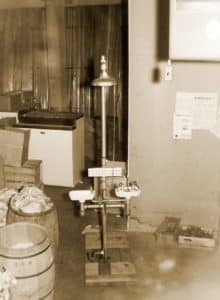
The product innovation initiated by Luther Haws continued across generations. In the 1940’s, maintenance men from an oil refinery in Richmond, CA would come by the Haws plant in Berkeley to shop for parts: round ball type bubblers, flow regulator and fittings. After inquiring about the need for these spare parts instead of completed models, Haws was informed that these parts were being used to build equipment to flush eyes. Employees at Haws sought to understand the needs of the customer and began making these emergency eyewashes and drench showers for them. This was the unofficial launch of Haws emergency equipment products; the earliest drawings date back to 1949.
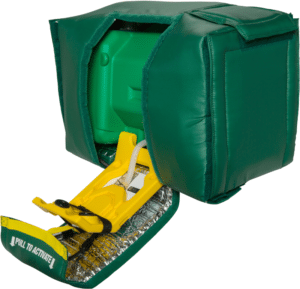 Haws employees have great pride in our innovative spirit which continues to thrive in 2017. One of Haws’ recent accomplishments has been the development of a professionalized R&D department. Under the leadership of Michael Joyer, new ideas are being generated regularly with many of these innovative ideas already introduced to the market. For example, the 7501T Tempered, Gravity-Fed, Portable Eyewash was one of the first products borne out of the R&D lab.
Haws employees have great pride in our innovative spirit which continues to thrive in 2017. One of Haws’ recent accomplishments has been the development of a professionalized R&D department. Under the leadership of Michael Joyer, new ideas are being generated regularly with many of these innovative ideas already introduced to the market. For example, the 7501T Tempered, Gravity-Fed, Portable Eyewash was one of the first products borne out of the R&D lab.
Haws is also called to innovate, not simply with new products, but in the way we do business. We are a stable, multigenerational family company, we are learning to change and improve processes. Haws employees are looking for internal efficiencies and ways in which we can best meet the needs of our customers. Recently, the Production team has developed a cross-training initiative aimed at flexing team work assignments to serve business demands.
These types of cross-functional, support teams are increasing and delivering impactful deliverables. In Q1, Marketing and Customer Service launched a Live Chat program on the Haws website to provide immediate access to customers. The Haws China website launch is another joint effort initiative intended to widen our global marketplace coverage. Launched in Q2 2017, this was a true collaboration between the Haws China and Corporate Marketing teams. And these are just a few of the examples of all the successful small and large activities that are helping drive change to redefine how we innovate, how we grow and how we foster a culture that is rewarding for all.
One hundred and ten years later, Haws continues our commitment to inventing, designing and manufacturing hydration products as well as standardized and customized emergency response products. With more than 8,000 distribution locations and 200 employees worldwide, we continually focus on quality, service, reliability and complete solution support. Headquartered in Sparks, Nevada, USA, Haws is globally represented with locations in Switzerland, Singapore, China, India, and Brazil. For more information on Haws, visit www.Hawsco.com.
Haws in Action: Hands-on education with elementary students to promote creativity and curiosity in the science and engineering fields.Custom eagle and tree nest drinking fountain and a mural designed by students were unveiled June 5 at Veterans Elementary School – STEM Academy.
Together with Veteran’s Elementary School (Reno, Nevada) and other local manufacturers, Haws Corporation’s Research & Development team created and implemented a custom drinking fountain project for 1st and 5th-grade students for the 2016-2017 school year. After working with the STEM Academy faculty and students for several years, Michael Joyer – Haws R&D Manager, developed a new project idea that would allow the students to fully engage with an Engineering project to help make the connection between the creative and technical side of science, technology, engineering, and art. A drinking fountain was a natural choice for Michael Joyer and Mindy Haffke, Haws R&D Engineer, given Haws’ 110 years heritage as the original drinking faucet inventor with Berkeley School District. “From the beginning, this project was something our students held dear,” said Ron Jones, a fifth-grade teacher at the school who worked directly with the engineers. “They took great joy in considering their ideas, collaborating with their classmates, and creating something that will be on our campus for many years to come.”
Throughout the process of creating the fountain, the Haws team met with the students and helped guide their project by melding individual student design concepts together to create a bird’s nest drinking fountain with nests for the water bowls, eagle head bubblers, and a mister – a tribute to the STEM Academy’s Eagle mascot. The process involved 3D models, castings, and design changes with students participating monthly in order to realize a final creation. B&J Inc. donated the material and metal fabrication services to bring the student’s unique design to life and additional support services were donated by NeoMek and Zevado Corporation. In addition, students created a mural under the direction of art teacher Elizabeth Brooks and resource teacher Alita Lutrick. “It was a fun project to help the kids design their own fountain,” said Mike Joyer, R&D Manager of Haws. “We really enjoyed teaching them the engineering process from start to finish, and we hope this project inspires all of them to consider engineering careers when they grow up.”
To learn more about Haws specials please visit Haws Specials.
Is it a Bubbler or a Drinking Fountain?Author: Sean Christensen
University of Wisconsin- Whitewater
I posted an inquiry on the LINGUIST listing on the distribution of the word “bubbler” as a synonym for drinking fountain. Thanks to all who responded, which are too many to list. The Dictionary of American Regional English has also extensively investigated this word and it was my goal to gain more specific information than that supplied by DARE (for example, the regional distribution within Wisconsin.)
Here is a summary of my findings:
In Wisconsin, bubbler is used throughout the eastern half of the state, particularly along the coast of Lake Michigan and becomes less prominent the further west one travels. The “stronghold” of bubbler appears to be in Milwaukee and its suburbs. Milwaukee is also thought to be the geographic origin of bubbler, coined by the Kohler company in the early 1900’s.
My university (UW-Whitewater) appears to be in conflict over what to call drinking fountains. In one of our residence halls there is a sign asking residents to not use the drinking fountain as a garbage disposal. The word ‘drinking’ is crossed out, and ‘water’ is put in its place. Then ‘water’ and ‘fountain’ are crossed out, and ‘bubbler’ is put in their place. It goes to show you that people can be very loyal to their colloquialisms!
My research provided no evidence for the term’s use in Minnesota or Illinois, but I did find the word in use along the western part of Michigan’s Upper Peninsula (which borders Wisconsin’s bubbler-using region.) If bubbler is used anywhere else in the Midwest, its existence escaped my research. In fact, I found no evidence of the word’s use within the U.S. west of the Mississippi or south of the Ohio River.
The other region that uses the term includes the state of Rhode Island (where it is used exclusively by many speakers), far eastern Connecticut, and southeastern Massachusetts- including the Boston area. I had people from this region respond with amusement because they didn’t know the word was used anywhere outside of their area.
Lastly, and much to my surprise, bubbler is used in southeastern Australia- predominately in New South Wales (including Sydney and Canberra) and in portions of the provinces bordering New South Wales. The information on Australia is only based on a few responses, but there were some, especially in Sydney, who used bubbler exclusively while growing up. There were some from parts of Australia who had never heard the term before, so it does appear that it is also regionally distributed in Australia.
There were some who distinguished bubblers from drinking fountains. Some only called outside fountains, bubblers, while others vice versa. One only called non-refridgerating fountains, bubblers.
Drinking fountain seems to be the generic term that everyone is familiar with, whether they use it or not. Other synonyms are: water fountain, water cooler, fountain, and water bubbler. For what its worth, the only accounts I had of the term ‘water bubbler’ were among African Americans from Milwaukee (but this only included three people.) Just plain ‘fountain’ seemed to be the word of choice in northwestern Wisconsin, while drinking fountain and water fountain were used pretty interchangeably everywhere else.
As for its use in literature, the only printed documentation of bubbler I could find (under the given definition) was a 1985 Milwaukee Journal article which was about the word’s usage in Milwaukee.
I realize that some of my findings are inconsistent with DARE- I believe this is because my research was not nearly as thorough as DARE, and didn’t take into account historical usage, only current usage.
